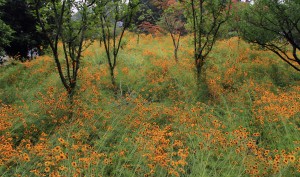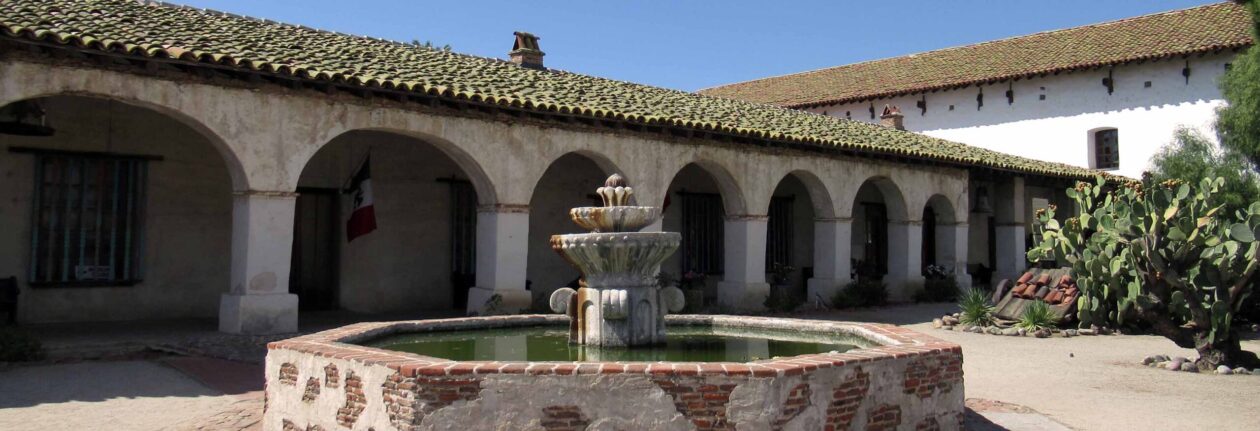Nanjing, China
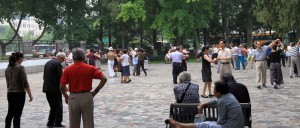
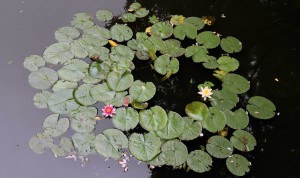
I got up today and headed to see the ruins of the Ming Dynasty Palace. On the walk over to the subway, I heard the street cleaner truck’s jingle today was “It’s a Small World”, which seemed absolutely suited for my travels. Upon reaching the ruins, much to my surprise and dismay, there wasn’t much to see. The palace grounds had been converted to a public park with a few remains of the palace (tiers where the halls used to stand, the bottom pieces of the stone columns, and a piece of the old city wall). More interesting than those bits of carved rock were the numerous couples dancing throughout the park; there were three distinct areas with music playing on loud speakers and couples (middle to old age) practicing their moves. In the passageways under the remnants of the old city wall were amateur musicians playing on the saxophone, flute, trumpet, etc.
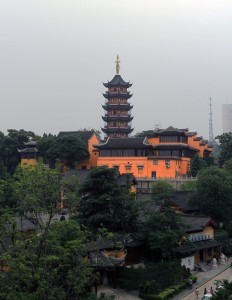
I then left that park to go to another: Golou Park. I got back on the subway and headed to the appropriate stop. I got off and walked toward Xuanwu Lake. Surrounding the southwestern shore of the lake was more remnants of the city wall (or at least restored tracts of the wall). I paid to take a walk on top of the wall and was soon enjoying overhead views of the water below. I walked east on the wall for a while before coming to an end.
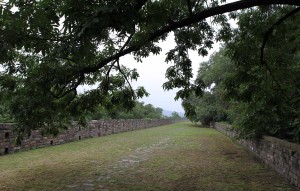
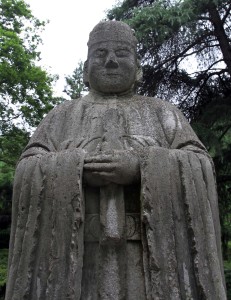
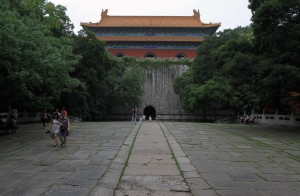
I then walked through green forests to the Ming Dynasty Tombs. The walk was very pleasant, but would’ve been more so if the pathway didn’t follow the road most of the way. I soon reached the UNESCO World Heritage Site, paid for my passage, and was soon following the second section of the Sacred Way (Wengzhong Path, flanked with statues of generals and civil officials along the way) to the tomb of Zhu Yuanzhang, the first emperor of the Ming Dynasty. The tomb was built between 1381 and 1413 AD, and the emperor was buried there in 1398. I crossed the bridges and went through two entrance ways before reaching the Sacrificial Hall. Was the hall restored to its former purpose? Did it house important artifacts related to the Ming Dynasty? Nope. It was a gift shop selling shitty souvenirs. Very sad. I then walked onwards, heading to the tomb. I crossed the Ascension Bridge, moved through the tunnel under the Ming Tower, climbed the slope up to the high tower, and what did I find? The tower was also converted in to a gift shop. So sad. I then walked the trail up to the top of the Treasure Mound. The man-made circular mound where the emperor and empress were buried. I stood on top of the mound (effectively standing on top of them), before moving on to the wall surrounding the mound. As selections from Pink Floyd’s ‘The Wall’ played in my head, I followed the wall back to the entrance of the tomb complex.
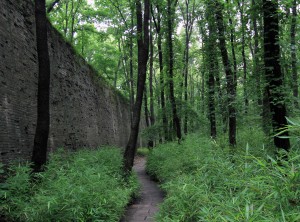
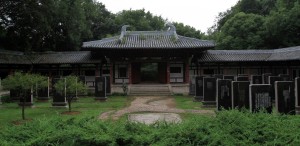
I then walked to the Dongling Tomb, the burial place of Zhu Biao (the eldest son of Zhu Yuangzhang), which had little left of the actual tomb (it was similar to the Ming Palace park). Then I walked to the compound which held the steles of Yan Zhenqing’s calligraphy. Oddly enough, there were four hammocks tied to the columns in the compound with occupants just sleeping in them. Perhaps I should’ve packed a hammock and just set up camp in ancient sites; it would save on lodging costs. I then hiked past another odd site in the park: three neglected swimming pools (one above the other two with two slides heading down to one of the others); if still operational, it would’ve been a great place to pass a summer day; unfortunately, they were all filled with green algae and pond scum. I then moved on to the Zixia Lake (the Purple-Glow Lake). It was a pleasant lake with many elderly chaps swimming in it despite signs protesting not to. This was not the first time I’ve witnessed Chinese citizens flagrantly violating regulations; twice now I’ve sat in restaurants with clear “No Smoking” signs, but have seen patrons light up inside while the staff does nothing to stop them. It makes me curious to see how far the Chinese will go to break the rules (living in a communist country isn’t so terrible if you don’t follow the rules and the state-employed lackeys don’t enforce them). From the lake I walked up to the nearby hill to see a rather unspectacular view.

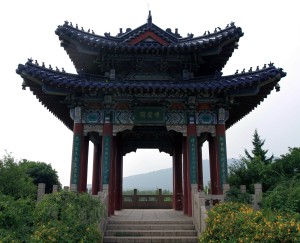
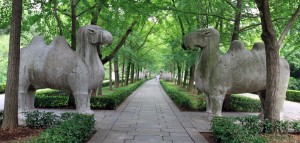
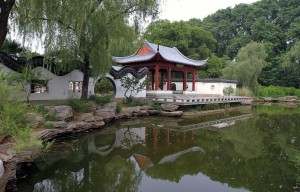
I then walked back down the way I came, until I reached the Plum Garden (before entering the garden, I had a health drink with strange gelatinous cubes in place of ice; not sure of what they were composed of, I made sure not to swallow any); I walked around there for a while admiring the trees and wildflowers, and then moved on to the first path of the Sacred Way (Stone Elephant Road), which had six kinds of stone animals flanking the path (lions, xiezhi, camels, elephants, unicorns, and horses). From there I wandered around the park some more coming across an art institute building, a Japanese funded garden, and another building in traditional style. Then, since I didn’t see a bus stop, I walked all the way back to the hostel (10 kilometers – in addition to everything else I walked today; my feet felt as if they would fall off). Along the way I tried jasmine tea with milk which was tasty (as jasmine tea is) and also hearty (since milk was added). I reached the hotel, took a nice cold shower, then went to a nearby Aussie bar to have some pizza and beer while I watched New South Wales rugby team defeat Queensland after an eight year losing streak in the State of Origin games (most of the Aussies in the bar were ecstatic – two of them were rooting for Queensland and were not so happy). I then went back to the hostel, had some beer, chatted with my German roommate, and then went to sleep.
